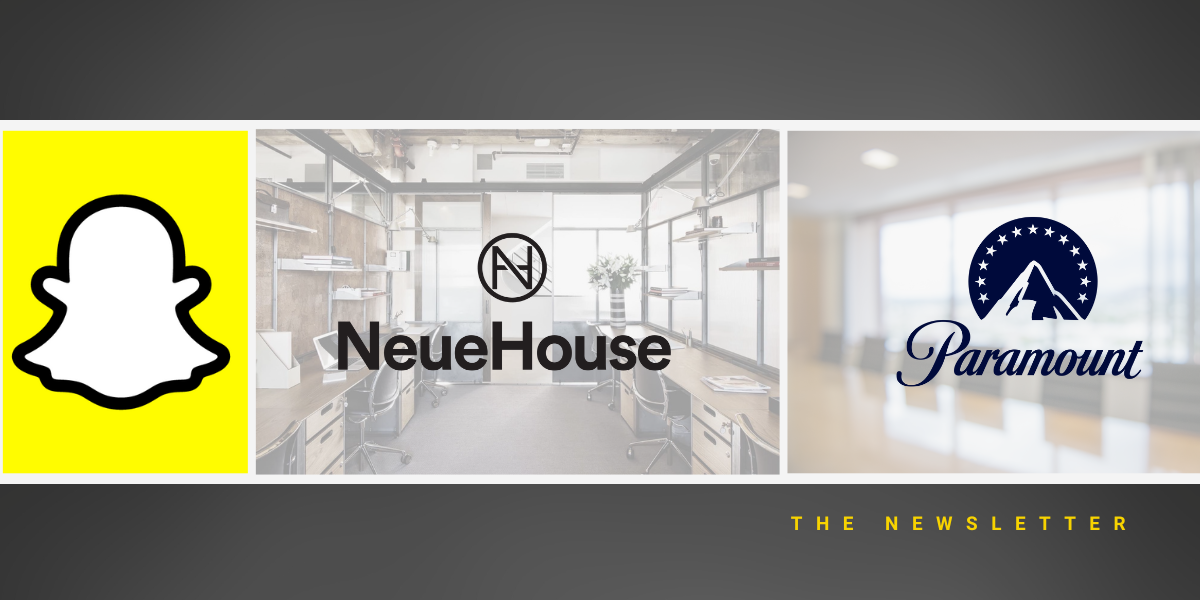Nasdaq’s Adena Friedman on the Power of Going Public
Spencer Rascoff serves as executive chairman of dot.LA. He is an entrepreneur and company leader who co-founded Zillow, Hotwire, dot.LA, Pacaso and Supernova, and who served as Zillow's CEO for a decade. During Spencer's time as CEO, Zillow won dozens of "best places to work" awards as it grew to over 4,500 employees, $3 billion in revenue, and $10 billion in market capitalization. Prior to Zillow, Spencer co-founded and was VP Corporate Development of Hotwire, which was sold to Expedia for $685 million in 2003. Through his startup studio and venture capital firm, 75 & Sunny, Spencer is an active angel investor in over 100 companies and is incubating several more.
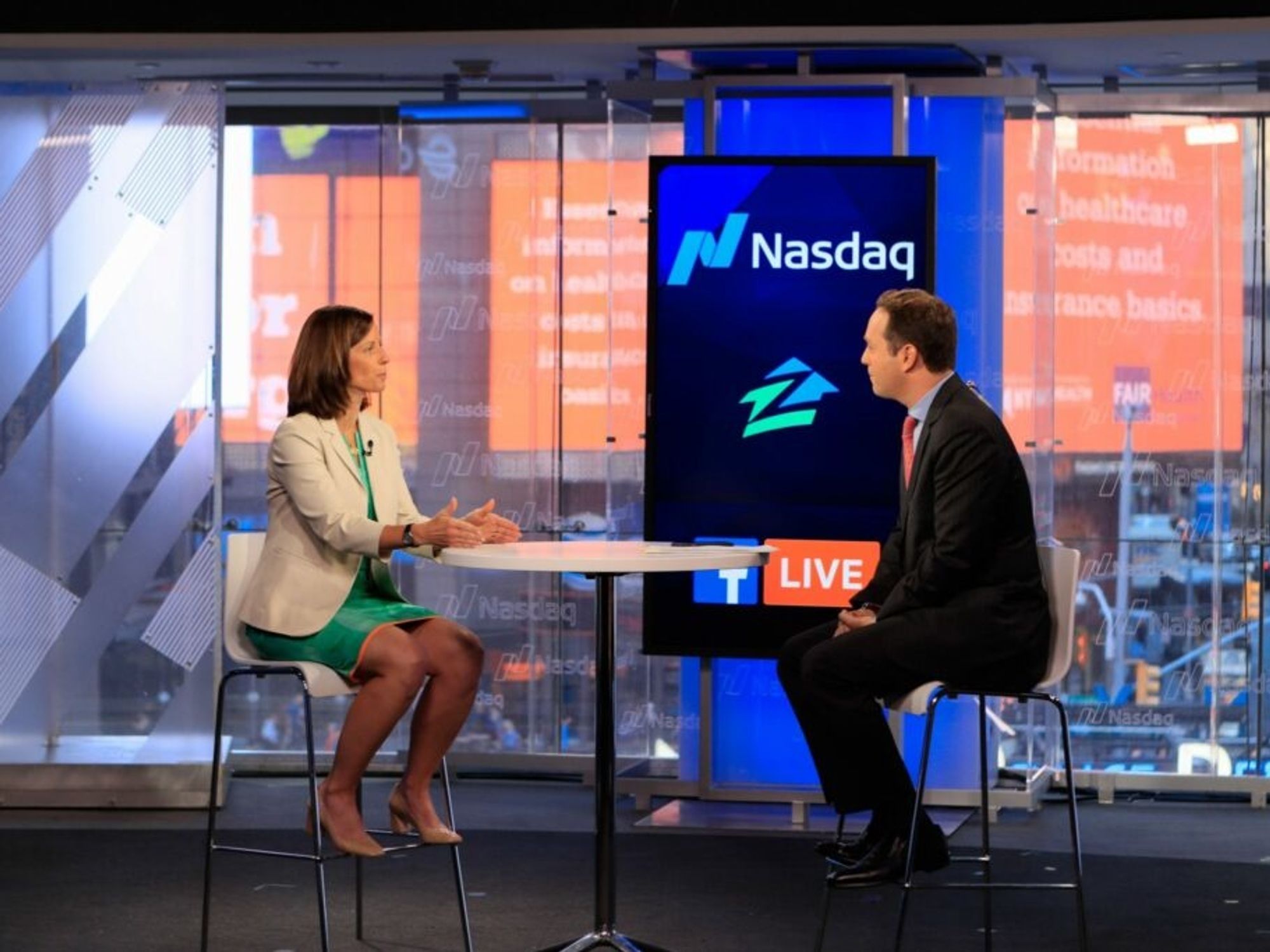
Adena Friedman is president and chief executive officer of Nasdaq, which operates the second-largest stock exchange in the world by market cap. Named one of Forbes' most powerful women, Adena built her career at Nasdaq, starting as an intern straight out of an MBA program. Outside of a three-year stint as chief financial officer at The Carlyle Group, she's been with Nasdaq ever since. In this episode, Spencer joins Adena in New York City to discuss the power of mentorship, the future of the U.S. capital markets and why going public can spark innovation.
Press Play to hear the full conversation or check out the transcript below. You can also subscribe to Office Hours on Apple Podcasts and PodcastOne.
Spencer Rascoff: I'm in Times Square today at the Nasdaq market site with Adena Friedman, CEO of Nasdaq. Hi, Adena. How are you?
Adena Friedman: Fine, how are you?
Rascoff: Great. Firstly, a lot of listeners might not fully understand the size and scope of Nasdaq. So, explain to people, what is Nasdaq?
Friedman: Sure. Well, Nasdaq today is a global technology company that serves the capital markets, and we serve our capital markets by operating exchanges ourselves in the U.S. and the Nordics, but we also provide the technology that powers over 90 other exchanges around the world.
And then we take all of the data and analytics that are generated off of our exchanges as well as other information that we gather, and we provide a lot of insights and analytics to all of the customers in the capital markets, whether they're corporate clients or investment management clients or, obviously, the broker-dealer clients. We feel just so fortunate to be in the center of the capital markets globally today.
Rascoff: And the revenue model is one where issuers — so, companies that trade on these exchanges — pay, or people that buy and sell the stocks pay?
Friedman: Right. So, we basically have — we generate revenue in lots of different ways, but one of the sources of revenue is the listing fee. So, companies who choose to list on Nasdaq pay an annual fee to Nasdaq. We then generate trading revenue not only in our equities business from the trading of those stocks, but also in our options and futures businesses here and in the Nordics.
And then we also generate a lot of information coming off the trading engines, and that information we then sell to give people transparency into what's happening in the markets. That also is a revenue stream.
We then have our index data. We create a NASDAQ 100. We have $150 billion of assets under management tied to our indexes, and that's a revenue generator. And then we provide software and services to corporate clients as well as to other exchanges around the world and broker-dealers, and so that's a technology product base that we have revenue off of as well.
Rascoff: A much more diverse revenue stream than most people realize. So, let's talk a little bit about your career. You started as an intern at Nasdaq.
Friedman: I did.
Rascoff: When was that, if you can tell us?
Friedman: Sure. I came right out of business school, and I did an internship at Nasdaq in 1993 over the summer. At the end of the year, I took a permanent position. And so it was very, very fortunate that I had a chance to be here at the start.
Rascoff: And what was your career path like during that, I guess, two-decade stint? And we'll cover when you left and then returned in a moment.
Friedman: Sure. Well, Nasdaq at the time was a subsidiary of an organization called the National Association of Securities Dealers, which is now FINRA. And so it really was really early in its existence. It had been around for 22 years, but it was still growing up as a marketplace.
And so I really had an opportunity to come in early and be part of the trading operation and the trading organization and help them look at the trading products that they were offering out to broker-dealers to make sure that they were, in fact, optimizing them for their business.
Since NASD was a nonprofit organization and Nasdaq was a for-profit subsidiary, it was an interesting balance in terms of what they were there to do and yet realizing that they actually had these great products that they could optimize from a revenue perspective.
So, I got a chance to write business plans and then become a product manager for some of these products before I then took on the data business.
Rascoff: And we talk a lot at Zillow Group about career development and career pathing. Sheryl Sandberg in “Lean In" — on this podcast she talks, of course, about how career development is more like a jungle gym than a career ladder.
What was your path like during that time? Was it a straight-and-narrow, up-and-down ascent, or did you have detours that took you into different areas around Nasdaq? Describe what that was like.
Friedman: Sure. Well, I would say that it was a jungle gym within the groups that I was in. There was no set career path for me. There was nothing in Nasdaq that had job families. It was very much still a very, what I call, “organic organization" in terms of looking at how to develop your career.
So, I just got very fortunate because when I — every two years early in my career, I just found a new opportunity that would take me up a rung. Or in one case it was sideways, but honestly it then propelled me forward from there.
And I had a few times when I had to look around, and I said, “Wow, should I go and really focus in on marketing, or should I go take this product management job?"
And I had great mentors and sponsors within Nasdaq that really said, “Adena, you are someone who really likes to run a business. You should become a product manager. The marketing job is interesting, but it's not really — it doesn't play to your strengths as well as this other thing." So, I was able to move up through the organization but really with a lot of sponsorship.
Rascoff: One of those sponsors that you talk about is Bob Greifeld, who was the CEO, who recently retired from Nasdaq. What was that relationship like? How should somebody seek out a mentor or a sponsor and get the most out of that relationship?
Friedman: Sure. Well, I do think my personal opinion is that both sponsorship and mentorship — it very much has to be a natural activity. You can't force a sponsor or force a mentor on someone. I think that you, though, have to curate and develop that relationship.
When it comes to mentoring, I think it's an easier thing to curate where you start very casually, and you say, “Well, gosh, I really admire this person," whether that's a person inside the organization or outside the organization. If you ask them to have coffee with you one day, and you give them enough notice, most of the time they're gonna say yes.
Then once you have that coffee or have a meal, and you realize you have a good connection with that person, and they're giving you good advice, and they feel good about the advice they're giving you, they're likely to do it again. And if they do it again, then you have established yourself with someone who you can rely on to help you.
When it comes to sponsorship, most of the time those are people who are in a position of power to guide your career, and they can either be a positive or a negative sponsor. In my case, I was very fortunate. I actually had three sponsors in my career, and I think that all of them were really helpful in not only just putting me in the room and giving me the opportunity, but also guiding me, like that decision around product management versus marketing.
Rascoff: Is that something that Nasdaq in particular focuses on creating and cultivating a culture of or that sponsorship and mentorship is something that you created and owned on your own?
Friedman: It definitely was on me, and frankly, at the time you don't even realize you're getting sponsorship, right? So, with mentors, I do feel like you are realizing that you're going in and touching other people and asking them for their advice. But with sponsorship, you're just — it's so natural that you realize, “Wow, that person just really helped me out." So, it was much more organic than it was planned.
I think Nasdaq has definitely developed its mentorship program, but to me sponsorship really needs to become — it needs to be a naturally developed thing. It's somewhat the responsibility of the employee and of the manager.
Rascoff: So, after many years at Nasdaq , you left to go become CFO of Carlyle Group, a private equity firm, when it was still private with the intention of going public. Why did you leave, and what was that experience like at Carlyle for the, I think it was, three years that you were there?
Friedman: Right. So, I was the CFO at Nasdaq and actually was having a great time and loving my job, and I got a cold call, which I never take cold calls from recruiters. But in this particular case, he got my attention because he did say it was Carlyle. And at the time I —
Rascoff: So, a note to recruiters, by the way, 'cause I get a lot of calls from recruiters too. It's usually super anonymous and vague. It's like, “It's a leading industrial company. I can't tell you who it is." So, maybe recruiters should be a little bit more transparent to get the return call.
Friedman: Exactly. And it was funny because my family lives in Washington, D.C., and I had been commuting to New York for many, many years. I had gotten very used to it. So, it was very much part of our lives. But at the same time, Carlyle is the really premier financial institution in Washington, D.C. It's an organization that I knew well. I knew some of the people there. I had a huge admiration for the company.
And so, he really had no idea that I lived in D.C., but when he called, I said, “Well, do you realize that I live in Washington, D.C.?"
And he said, “Wow, that's fortunate." So he laid out the opportunity, and really, the opportunity to be the CFO of a leading financial institution like Carlyle, to help them go through the process of becoming a public company and really thriving as a public company, was incredibly compelling.
At the time, I'd been at Nasdaq for 17 years, and I felt that if I was going to try something different, this was the one opportunity that presented itself that seemed like the right one to take. So I left and went to Carlyle for three years, and I had a great experience there.
Rascoff: Now when you told your colleagues at Nasdaq— I guess, was Bob the CEO?
Friedman: He was, yeah.
Rascoff: When you told them that you were leaving to go to Carlyle, what was their reaction like?
Friedman: Bob was incredible, actually. He and I have always had a very close partnership. He has been a great sponsor to me, and he recognized at that time with the situation with the age of the kids and the opportunity that was in front of me — it just seemed like it was the right thing to do.
And so, he was very supportive. Really supportive. And he could have chosen not to be. But he really was supportive and said, “That's the right thing for you to do, Adena. Go for it."
Rascoff: And I'm sure the class that Nasdaq handled the situation with factored into your decision to return several years later.
Friedman: Of course, of course. My personal belief is that — I call them boomerang employees. I think boomerang employees can be great, great employees because there are a few reasons for that. One is they go and they experience another part of the industry, and they learn a lot.
The second is that is that they then become a client, and you then get to maintain that relationship with them as a client. And the third thing is that when they do come back, they realize what they missed.
Rascoff: Right.
Friedman: And we do have a fair number of boomerang employees because they realize what a great environment Nasdaq is and what a special place that Nasdaq has in the financial industry, and they become even more loyal to the company when they get back.
But at the time I left Nasdaq, I had no expectation of ever coming back. When I make a decision, you say, “Well, gosh, what do I want to be for the next 15 years," and thinking about the opportunities at Carlyle were really, really exciting to me. So, I left with the intention of spending at least the next 10 to 15 years there.
Rascoff: On the topic of boomerang employees, there's a company that I did a summer internship at when I was in college called Bloomberg — that you know well — that famously does not allow boomerang employees. When you leave Bloomberg, you cannot return — with one exception, which was they let Mike Bloomberg come back. But his name is on the door, and he had left to become mayor.
Friedman: And perhaps he had a lot of equity ownership in the company.
Rascoff: So, they let Mike back, but other than Mayor Bloomberg, they don't let employees return. It's the only company I'm aware of that has a policy like that. But they actually think that's very important to their culture. It seems that you disagree. I also disagree. We welcome back boomerang employees.
But it's something that I've spent a lot of time thinking about because on the way out the door, it does — it certainly gives somebody much greater pause. A tech company like ours, we have people leave not infrequently to go try a startup, and sometimes their attitude is, “Well, if the startup fails, in a year I can always come back." As a manager, that's very difficult for me to let that person leave.
Friedman: Well, and my view on that one is it's totally up to you as to whether you let them come back. They have to make a determination that they're leaving with the intention of not coming back because if they assume they can come back, that may not be an opportunity. First of all, the company may have moved on. Second of all, they may have found someone better, frankly, to replace you. And third of all, you have to be coming back for the right reasons. You can't be coming back as a default.
That's up to the manager to understand what is driving that employee to come back to Nasdaq. Is it because, “Oh, well, they failed at the other thing, so they might as well come back"? Or is it, “Wow, I really miss Nasdaq, and I really can't wait to be one of your best employees ever"? Right? And so, I think it's up to the manager to make that determination, but you certainly shouldn't assume that you have that opportunity.
Rascoff: Right. So, when you decided to leave Carlyle and return to Nasdaq, what went through your mind at that point? Why did you make that decision?
Friedman: Well, so, a few things. The first thing was that I had been a CFO for five years at that point, and while I really enjoyed the role and I really enjoyed learning how to be the lead risk manager in the company as well as to build out the operations — the finance operations for Carlyle and before that for Nasdaq— I really missed the customers.
I had been running a business up until the point I became the CFO of Nasdaq, and I really missed the pressure and the fun of running a P&L and having that client interaction and being able to drive a company forward or drive a business forward.
And so, when Bob came back and said, “Well, why don't you come back as our president, and you can run these certain businesses," it was an incredibly exciting opportunity for me to get back into that P&L responsibility and to take on such a large part of the Nasdaq ecosystem.
So, it was just a huge opportunity. And I really, really enjoyed Carlyle a great deal, but I saw this as the better opportunity for me at that time.
Rascoff: And I would be a terrible interviewer if I didn't ask: When you took Carlyle public, did they end up listing on Nasdaq?
Friedman: They did, actually, and it was really interesting. We went through a full, what I call, “bake-off process." We had both of the companies come in twice. I just got to be a fly on the wall and watch each of them do their pitch. So, it was actually really, really fun.
I tried very hard not to be a part of the decision process, 'cause it really was up to the founders to make that determination. It was fascinating to see how they came at it so differently.
Rascoff: I'm sure that makes you a better CEO of Nasdaq now having been on the client side.
Friedman: Yeah. I'd say certainly going through the process of going public has made me — it really, really informed me in terms of what we could do at Nasdaq to make it a better experience, to help manage the client through that experience and then to realize just how hard it is. We are here to make companies' lives easier, and so what can we do as the exchange to make that process for our customers?
Rascoff: So, a perfect segue into Project Revitalize, which is a project that's important to you. It's something that you and I talked about at the Microsoft CEO Summit.
Friedman: That's right. I'm glad you remember.
Rascoff: I don't know if you had actually formalized it as a full initiative at Nasdaq at the time. But for our listeners, the basic issue here is there are, I think, half as many public companies today as there were a decade or two ago.
Friedman: That's right.
Rascoff: And many fewer IPOs. Of course, that's bad for Nasdaq's business, but it's also bad for the economy. It's bad for innovation. It's bad for the country, the world. There are a lot of different reasons why, and I think reasonable people disagree on the specific reasons.
But you're spearheading a group of initiatives at Nasdaq to try to address this. Why don't you describe what you're working on?
Friedman: Sure. Well, I think the first thing is we had to determine that there really is a problem. I think that we have been seeing this problem manifest itself over a long period of time, and so therefore you don't realize necessarily each year that you go through it that there is a growing issue.
But I would say that over the last three years, it's really culminated into something that's a known issue today, which is that over time the government has placed so many requirements on companies as public companies and the process of going public has become so much more challenging, the nature of investors has really become very different and that the environment around being a public company is very different today than it was 10 and certainly 20 years ago.
And so, we have been looking at what are the things that we can do to advocate on behalf of companies to make sure they find that the process of going public and being public is actually an inviting process and something that they want to pursue?
So, why do we care, and why should anyone who is listening to this care? The first thing is that 86 percent of all job growth in the United States since 2000 has come from companies after they have gone public. So, when we look at the companies before they're public and after they're public, 86 percent of the job growth came after they went public, and that's just in the last 17 years. If we look over a longer period of time, it's over 90 percent.
Rascoff: Partly because being public provides them with access to permanent capital, which allows them to grow. And so, if they're not able to get public, there won't be as much job growth.
Friedman: That's right. So, the whole purpose of going public is to give you access to growth capital. It's really a shot in the arm to allow you to grow and expand your business, and so if you don't have that now people say, “Yes, but there's so much private capital out there. It's so readily available. Why do I need to tap the public market so I can grow that way?"
And for some companies, and a very small subset of companies, that is, in fact, true that they can use private capital to do that. But for the majority of companies, they really still do have to ultimately access public capital to really get the amount of capital they're looking for. I think that we are assuming that that's available to everyone in the private markets, and it's not.
The second thing to realize is that when companies do access private capital, and they have all of this ability to grow using private capital, well, where is that private capital coming from? And I come from private equity. I'm a huge believer in private capital as being part of the ecosystem.
But that private capital is being made available to the wealthiest in the country, right? It's the wealthiest in the country that are generating that private capital and making it available to those companies, which means the vast majority of retail investors don't get access to these growth companies until they go public.
Rascoff: So when Microsoft went public in — when did Microsoft go public, in the early '80s, I think?
Friedman: Mid-'80s, mmm hmm.
Rascoff: Another $500 billion in market capital was created over the ensuing 30-plus-year period.
Friedman: That's right, and Amazon went public. They were $300 million in valuation, and they're now $400 billion. Another great company actually was Applied Materials that was here yesterday. So, they went public in 1972, the first year that Nasdaq existed. At that time, they were generating maybe $10 million in revenue, and today they are generating $14 billion in revenue.
Rascoff: And so, all of that appreciation accrues to investors, whether they be institutional investors or retail investors. It's egalitarian.
Friedman: Or retail. It makes it so that every investor gets to access it as opposed to a subset of investors. I think that private capital providers will say, “Yes, but we represent pensions," and that's totally true. But the average retail saver does not get access to those investments.
And I think it's really in our — I think it's frankly the government's responsibility, and it's Nasdaq and every exchange's responsibility to try to find a way to make the public markets more inviting for companies. So, we have a whole range of changes that we would like to see and that we will be strongly advocating for and pushing to make sure that we create a more inviting environment.
Rascoff: What types of things are those?
Friedman: So, we looked at disclosure obligations for companies as to what we require that they disclose every quarter and whether or not everything should have to be disclosed every quarter. We looked at proxy access and, frankly, how challenging it is to have these very, very small investors to have total access to your proxy.
There is some very large percentage of proxy reform proposals that are being generated by about four investors who just buy up the minimum amount of shares, and then they go out and they agitate. So, is that really what proxy access is all about?
Proxy firm reform. The ISS and Glass Lewises of the world, should they have to have more regulation and oversight to make sure that they're doing the right thing for the companies and the investors?
Rascoff: So, just on disclosure, do European companies only report twice a year and not four times a year? Do I have that right?
Friedman: It depends on the country. So, in the UK, that is absolutely true. They have an obligation to report a full report twice a year, and then they do these interim reports the other two quarters. I think that's a good model to consider.
Rascoff: You would advocate for that or advocate for evaluating that at least?
Friedman: Yeah. In fact, that's one of the things we said in there. There's also tax reform and things we can do on the tax side. There is, in fact, litigation reform to make it so that companies have a fairer environment when they're dealing with shareholder class action suits.
And then I think that then there's market structure. So, is every company being treated the right way in the public markets with a one-size-fits-all market structure, and should we be looking at a market structure that really is more tailored to smaller companies versus larger companies?
Rascoff: So, by that you mean, for example, different disclosure requirements for smaller companies than larger?
Friedman: Yeah, different disclosure requirements, but also different market models.
Rascoff: Okay. Wow, well, a lot to think about there. Obviously we went public relatively early as a company. We had $15 million in quarterly revenue, and people thought that was perhaps too small to go public. We went public with about a $500 million market cap, and we really followed that — it's quaint. You're right. People don't tend to do that anymore.
Now, most of the appreciation that has occurred at our company has accrued to public market shareholders, not private market shareholders, because we went public relatively early. In Zillow Group's case, it has been hugely successful and the right decision to have gone public early.
Friedman: Just using Zillow, for example: One of the great things about Zillow is that your users can now be shareholders, right? So, your users can be owners, and they understand your product. They understand it deeply because they use it.
So, they also understand the potential of it. They can really get involved and engaged in understanding what benefit they're getting, and therefore they can understand why this company is gonna be a growth company, right? So, it actually has been a great success story.
Rascoff: Thank you for the conversation, and thank you for being our exchange. Zillow Group proudly trades on NASDAQ. And thanks for having me today.
Friedman: Well, thank you so much. It was really a pleasure. Thank you.
The post Nasdaq's Adena Friedman on the Power of Going Public appeared first on Office Hours.
Spencer Rascoff serves as executive chairman of dot.LA. He is an entrepreneur and company leader who co-founded Zillow, Hotwire, dot.LA, Pacaso and Supernova, and who served as Zillow's CEO for a decade. During Spencer's time as CEO, Zillow won dozens of "best places to work" awards as it grew to over 4,500 employees, $3 billion in revenue, and $10 billion in market capitalization. Prior to Zillow, Spencer co-founded and was VP Corporate Development of Hotwire, which was sold to Expedia for $685 million in 2003. Through his startup studio and venture capital firm, 75 & Sunny, Spencer is an active angel investor in over 100 companies and is incubating several more.
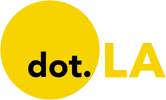
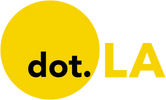


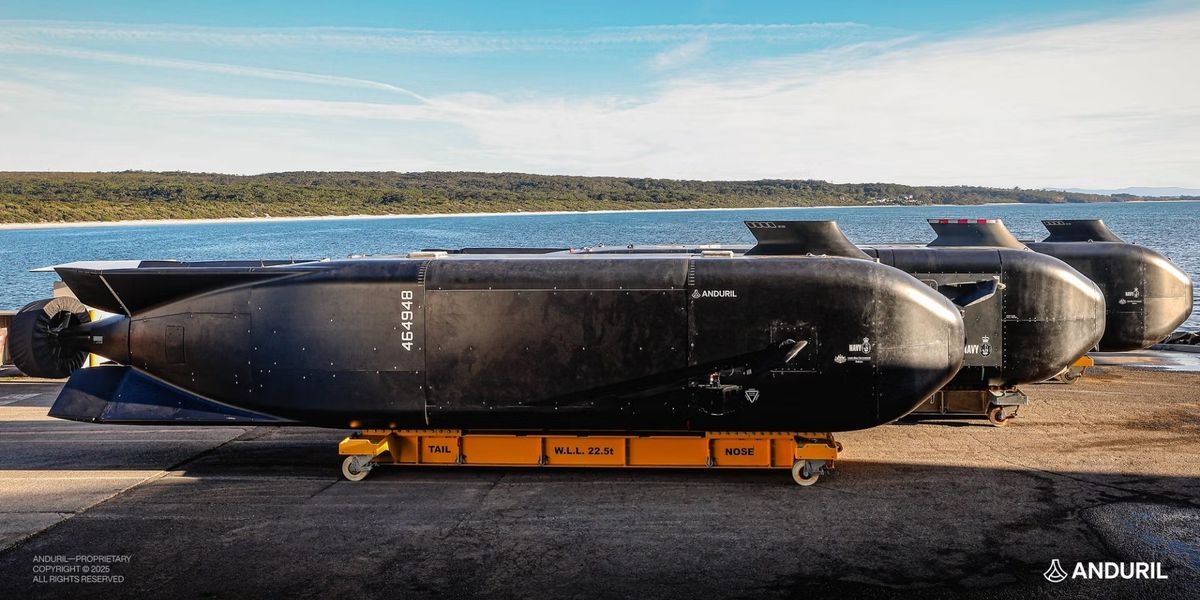 Image Source: Anduril
Image Source: Anduril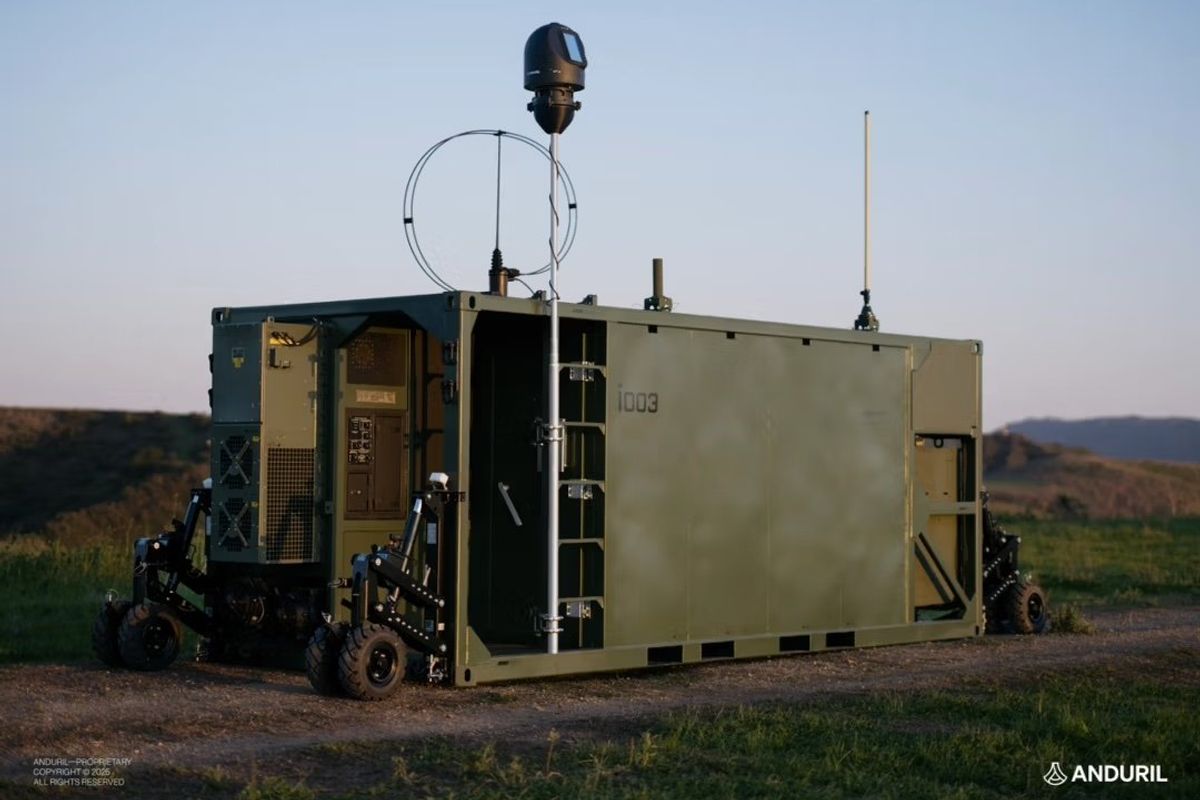 Image Source: Anduril
Image Source: Anduril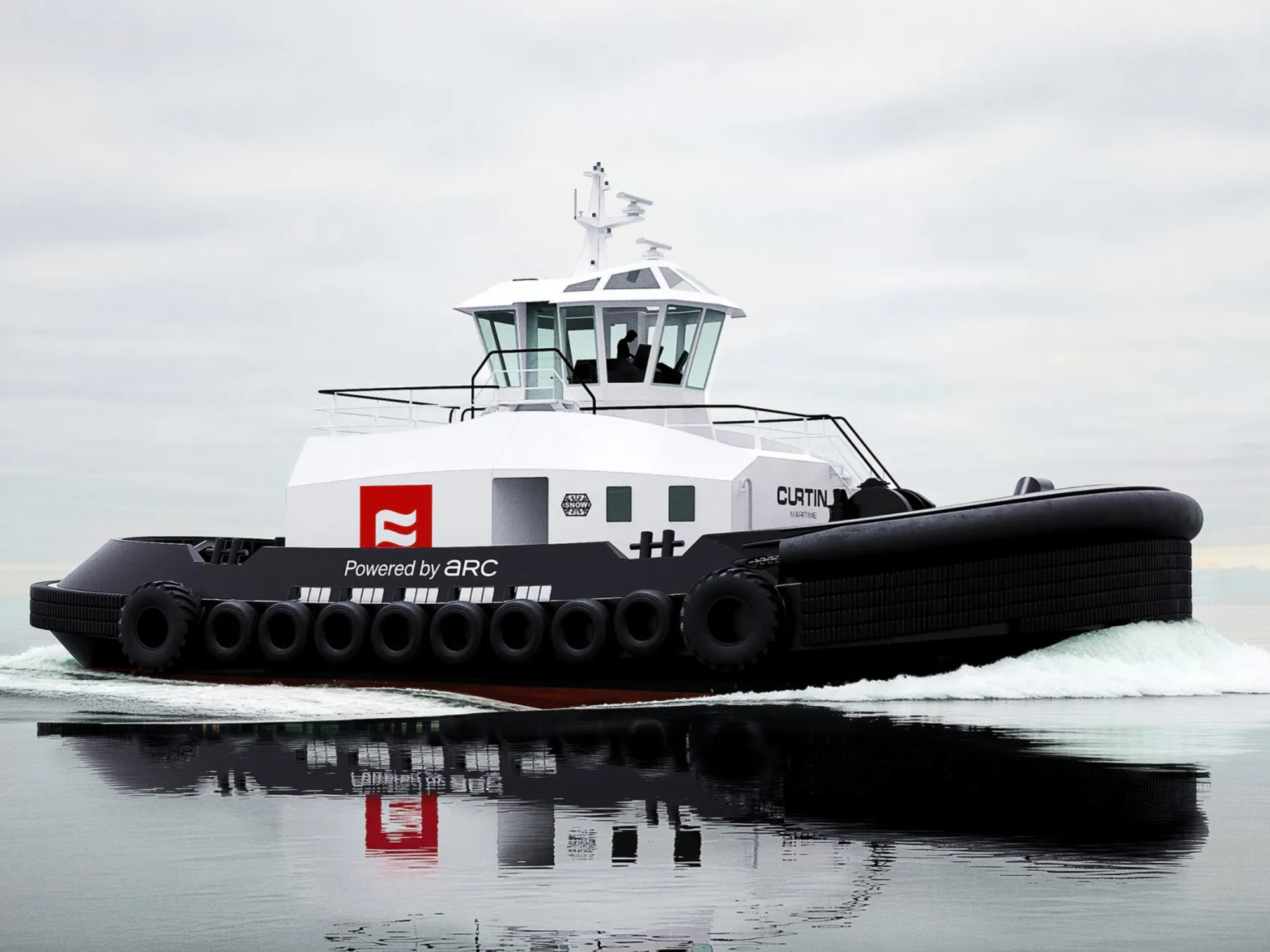 Image Source: Arc
Image Source: Arc